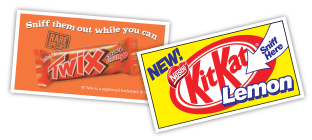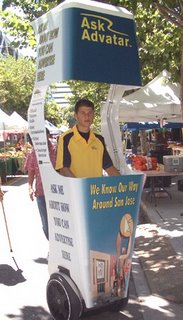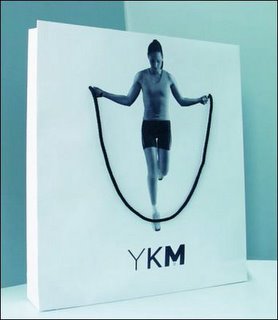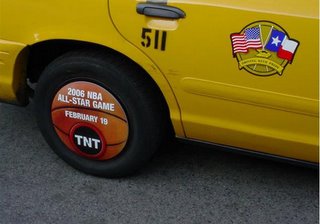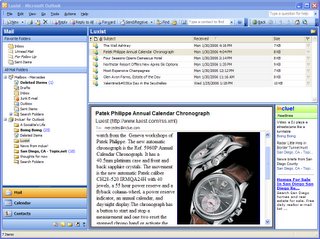I wrote about the
idea of ratings for TV commercials before, and now here's some action. You are about to know which half (much more than half, really) of your budget is going down the Super Flush. Remember Burger King's edgy Coq Rock ad? Would you guess it got fewer eyeballs than a less edgy BK ad tied to Star Wars?
Business Week
runs a story on how these numbers were arrived at and how new systems to measure ad viewership are emerging. Here's an extended quote:
"By this summer, Lee Weinblatt, the CEO of
PreTesting, expects to have 35,000 households in four to seven cities wired with boxes that monitor how audiences respond to ads, both on live TV and in programs taped on digital video recorders (DVRs). Daily "ratings" of TV ads -- tallies of how many people are watching or skipping -- from the service, called
MediaCheck, will enable advertisers to determine quickly whether spots should be yanked off the air or at least switched to other time slots. His digital boxes can even reward consumers for watching ads with giveaways.
The box flashes a light at the TV viewer indicating there is a reward for watching the ad. A few times a week, the consumer can pull a memory stick from the box and plug it into a USB port on a computer. Up pops a list of loot earned by watching the ads. In the Omaha test, 600 of 2,500 households checked their haul of goodies daily. And 52% of the coupons printed out from the system were redeemed -- 50 times the national rate for newspaper coupons.
Besides MediaCheck, Nielsen Media Research now offers advertisers and media agencies a "minute-by-minute" audience measurement, gauging how many viewers stay tuned during ad breaks. And upstart firm IAG Research Inc. is able to report, by means of thousands of daily Internet surveys, which programs, product placements, and 30-second ads are watched "most attentively."
-- via
Lost Remote

